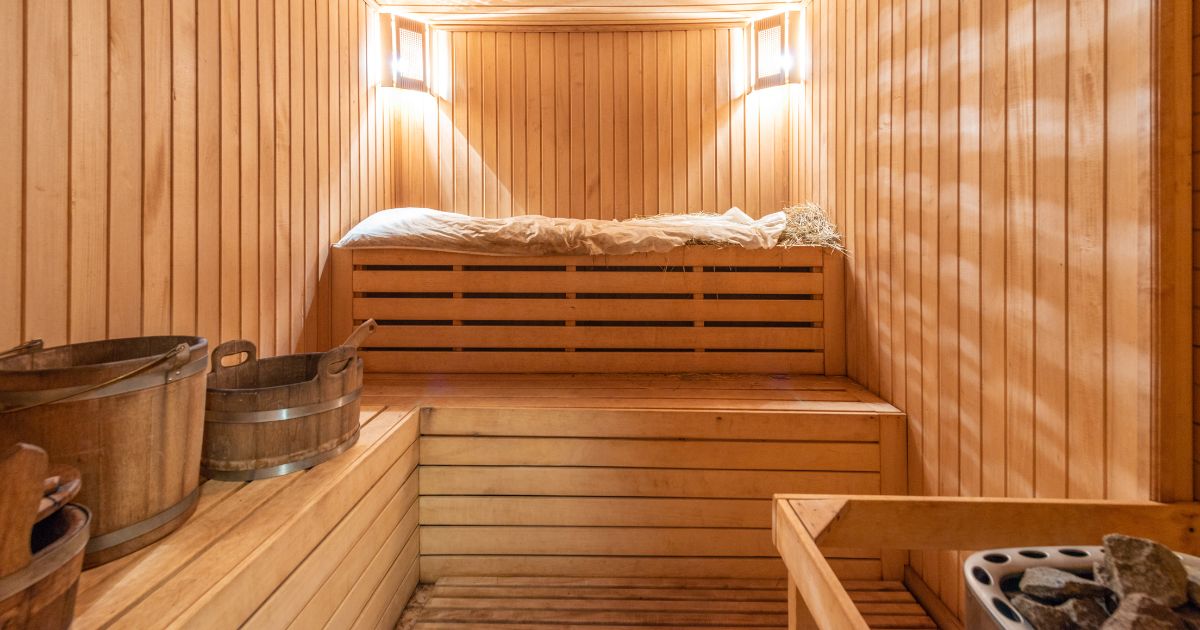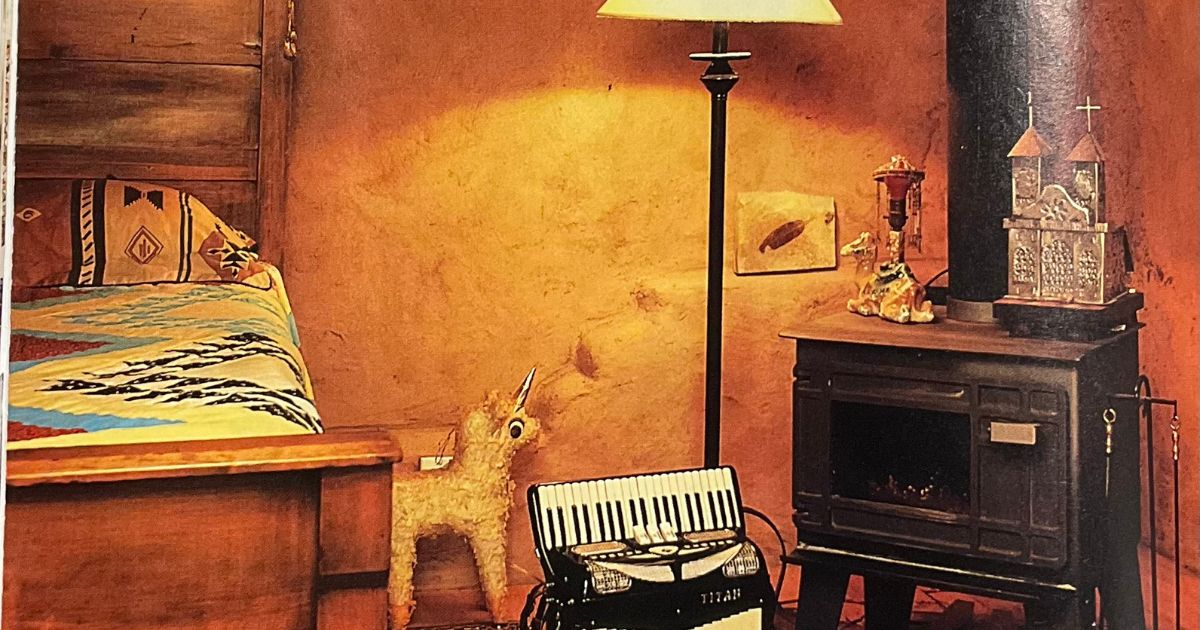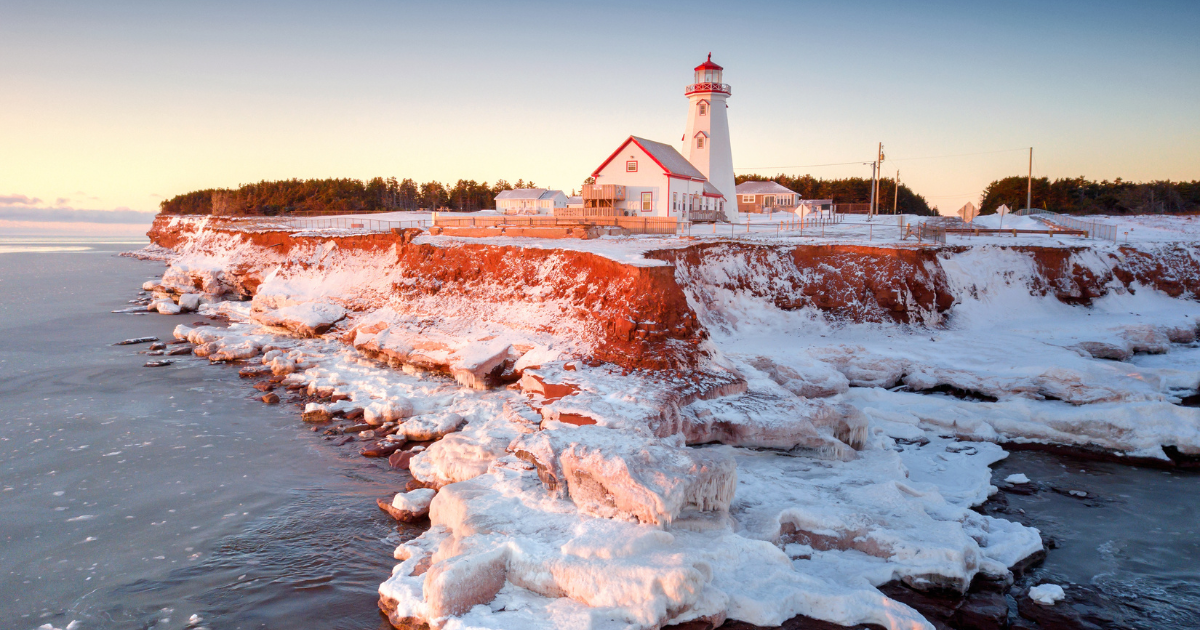There’s never been a time that offers as much potential for homesteading success as there is now. Steve Maxwell’s advice will help you tackle the challenges in the right way.

If you dream about a rural homestead life, I understand the attraction. More than 35 years ago, I was an idealistic 22-year-old from suburban Canada. I’d never lived in the country, but that didn’t stop me from laying down my life savings and then some to buy a 91.5-acre piece of vacant farmland and forest on Manitoulin Island, Ontario. The plan was to build a modern homestead life on that patch of ground, and my wife, Mary, and I are still here and still living the dream. I define a modern homestead as a rural place where you can practise a range of self-reliance skills while living on your own terms, and this is now easier to achieve than ever.
When it comes to life, there’s theory, then there’s practice. The two are usually quite different. Many of the things we thought would be important for the success of a modern homestead turned out to be not important at all. Other things we’d never considered turned out to be vitally important. This article is one
that I wish I could have read before we got started.

Here is what you need to run a successful modern homestead.
1. Money
Of course, I knew a source of income would be necessary for life in the country, but I underestimated two things at first: how much money is required; and how important it is to earn that money without leaving the homestead property. The No. 1 killer of homestead dreams that I’ve seen is the need to leave your place to earn money. It costs money to commute, but more troublesome than this is how it takes you away from homestead projects during the best part of every workday. The good news is that it’s never been easier to earn good money online from anywhere.
I started this in 1988 and I’m still earning all the money we need without leaving our land. I consider the ability to earn a living from anywhere the single most important ingredient for any successful modern homestead. When it comes to life, there’s theory, then there’s practice. The two are usually quite different. Many of the things we thought would be important for the success of a modern homestead turned out to be not important at all. Other things we’d never considered turned out to be vitally important. This article is one that I wish I could have read before we got started.
2. High-Quality Tools & Machines
Modern homestead success depends on above-average tools and equipment. You need to invest in gear that’s better and more varied than the average DIY tool collection because you’ll be facing a much bigger range of challenges. You won’t need everything all at once, though, and in fact, you won’t even know what you need until you face projects and repairs from the real world. Let your struggles tell you what you need, but when it comes time to make buying decisions, I’ve found that professional- grade gear pays off. You need a reliable infrastructure (see tip 5) underneath you, and high-quality tools and machines are essential for making this happen.

3. Realistic Deadlines or No Deadlines at All
Despite the popularity of goals and planning, I’ve found there’s a danger with both of these things. The danger is discouragement. Let’s say you want to build a workshop. That’s a good goal — it’s worth pursuing — and you’ll need to identify the steps necessary to make that goal real. Just don’t tell yourself you’ll have that shop done by such and such a date. Unless you happen to be a professional construction estimator, you won’t really have a clue how long the project will take. And even if you did have some skill in forecasting construction timelines, there’s no telling what unexpected thing might turn up that requires your attention somewhere else.
Am I suggesting that you just putter along at whatever pace you choose, building that workshop only when you feel like it? No, not at all. Set a goal, identify bite-size steps for achieving that goal one chunk at a time, then work as efficiently and as focused as you can. Whenever the workshop is done, that’s when it’s done. Setting deadlines ends up being an unnecessary source of discouragement that offers no benefit. As long as you’re working long and efficiently — every time you can — completion dates will take care of themselves. Climb the mountain one step at a time, without looking up at the peak.
4. An Iron-Clad Work Ethic
Ten hours a day, 6 days a week. That’s the minimum work schedule I’ve followed ever since we started here in the 1980s. I consider this essential, which leads to an important self-assessment question for you: Would you
rather work 10 hours a day, 6 days a week, hoeing your own beans, cutting your own firewood, building your own structures and working your own homestead money business, or would you prefer 35 or 40 hours a week at a 9-to-5 job with weekends off, golf or tennis in your leisure time, and paid vacations? If you have to spend more than 2 seconds answering in favour of the beans and firewood, then modern homesteading probably isn’t for you.
A common cause of homestead failure that I see is the lack of willingness to work hard enough and consistently enough to get sufficient things done in a day. Homestead failure often boils down to an inability to work productively enough without the supervision of a boss.

5. A Reliable Infrastructure
“Good enough” isn’t good enough. I know more than a few rural people who do the bare minimum to keep the physical side of their home and personal infrastructure going “good enough,” and this means they live from one mechanical failure to another. That pipe sprung a leak again when the electrical tape fix failed after a week. The truck won’t start because the makeshift battery cable connection came loose again, leading to a late arrival for an important meeting in town. The water heater was cold again this morning because that malfunctioning thermostat safety button tripped once more.
Much more than with urban life, the success of your modern homestead depends on your creation and management of a reliable infrastructure. Plumbing, electrical, machines, buildings, fences, soil, a forest — as a homesteader you’re responsible for all of this to deliver the comfort and security that makes life pleasant. Your life will turn quite nasty if this physical foundation falters. To be a successful modern homesteader, you need to apply diligence and focus to building and maintaining your home, energy systems, water systems, vehicles, computers and tool collections. If you’ve got what it takes to be a homesteader, meeting these challenges will strike you as a joy, not a chore.

6. An Understanding of the True Value of Your Time
Don’t overemphasize food production. There’s an unspoken idea that homestead living is all about raising as much of your own food as possible, but there are two reasons this can be a trap. First, the cost of food is only
one of a handful of costs you’ll face, and certainly not even the biggest one. And second, the “cost” of raising your own food can be very high when you consider the time it takes and the other important things you’re not accomplishing while digging potatoes, picking raspberries or milking the goat. I’m all for producing as much of your own food as is reasonable, it’s just that you need to aim for balance.
I saw a 50-pound bag of potatoes in the grocery store a couple of days ago for $16. It would take me less than half an hour working my homestead business to earn enough money to buy that bag of potatoes. By contrast, it could take me 3 or 4 hours to work the soil, plant some seed potatoes, keep the weeds beaten back over a period of months, then dig 50 pounds of “free” potatoes. Is this a problem? No, not if I can afford to “pay” $60 or $70 in lost earnings to grow a bag of potatoes that has a $16 market value. Just be conscious of your true costs, both in time and in money.

7. A Realistic Approach to Environmental Sustainability
In the famous Disney movie The Jungle Book, Baloo the bear shares some wise homesteading philosophy in the song “The Bare Necessities,” and that has always resonated with me. “And don’t spend your time lookin’ around for something you want that can’t be found.” That was a big danger for me and for others I see from the city. In my case, my idealism almost killed my dream. Here’s why.
When I came to Manitoulin, I planned to give up every form of technology that I believed was contributing to
the destruction of the world. The thing is, this proved to be one of those ideas that seemed good in theory, but impossible in reality. The more I tended toward environmental idealism, the worse things went. For example, one of my original visions was to have no electricity and to pump all water only by hand. After all,
electricity is more polluting than muscle power, right? Weeks of wrestling with a salvaged, antique, deep-well hand pump led to nothing but frustration and a lot of expensive steel pipe that I still have laying around today unused. Things worked so much better almost immediately when I wired my shed for electricity and got an electric pump connected to the well with plastic pipe. Not nearly as sustainable, nor as beautiful, but it sure worked.

The fact is, no amount of creativity or technology or environmental sensitivity can get us into perfect harmony with nature. We will always be out of step, to a certain extent. That was the insight. Forget environmental perfection. We can try to harmonize, and we can certainly be more in harmony or less, but we’ll never ever be perfectly in tune with nature this side of eternity. If you aim for environmental perfectionism, as I did for the first 4 years of our homesteading life, there’s a good chance you’ll give it up. That’s what false philosophies ultimately lead to.
Start by getting your modern homestead life working using whatever methods work. After you have a sane, sensible and financially sustainable situation, begin seeing how you can move closer to perfect sustainability, one step at a time.
I might have started off in the land of suburbia, but I’ve now lived in the country longer than I’ve lived in the city. I’ve also seen quite a few people attempt to build a modern homestead life for themselves. Most don’t make it. They either give up too soon and move on to something else, somewhere else, or the dream morphs into a subsistence life of driving long, expensive, lonely rural distances for a boring minimum wage job that isn’t nearly lucrative enough to support any of the dreams that brought them to the country in the first place. Modern homesteading success or failure often boils down to a handful of the ideas you’ve read here, most of which I’ve never seen in any homesteading book or blog.

There’s never been a time that offers as much potential for homesteading success as now. You just need to tackle the challenges in the right way.
Steve Maxwell and his wife Mary live on a 90-acre modern homestead on Manitoulin Island, Ontario in a stone house they built with local materials beginning in 1985. Steve is Canada’s longest-running home improvement and how-to columnist and editor of Home and Property. He divides his time working on the land, building things large and small, and creating articles and how-to videos that teach sustainable, self-reliant, hands-on living skills.













